What is the Early Start Denver Model (ESDM)? And is it right for your child?
Therapy Time’s In-house Occupational Therapist Rachael unpacks the Early Start Denver Model (ESDM) and whether it’s right for your little one.
The Early Start Denver Model (ESDM) is a comprehensive intervention program for children on the autism spectrum between the ages of 12 and 48 months. The ESDM integrates evidence-based practices from applied behavior analysis with developmental and relationship-based approaches.
This model is an early intervention program that emphasizes early social communication skills and promotes development across 12 domains including receptive communication, expressive communication, social skills, joint attention, play, imitation, gross motor skills, fine motor skills and personal independence skills. The ESDM uses play-based and naturalistic teaching methods to help children on the autism spectrum learn skills and reach developmental milestones, while fostering their unique qualities and preferences.
The ESDM was developed in 2005 by Sally Rogers, a professor of psychiatry and behavioral sciences, and Geraldine Dawson, a professor of psychiatry and behavioral sciences, at the University of Washington. The program is based on the Denver Model, an early intervention program developed in the 1980s for children on the autism spectrum.
The ESDM is based on the principle that early intervention is crucial for the development of children with ASD. Research has shown that the earlier the intervention, the better the outcome. The ESDM has been shown to be effective in several studies. A randomized controlled trial conducted by Rogers and Dawson in 2009 found that children who received the ESDM had significant improvements in their cognitive and language abilities compared to children who received other interventions. In addition, children who received the ESDM had greater improvements in social communication skills and reduced behaviours of concern. .
What makes the ESDM so effective?
The Early Start Denver Model (ESDM) is effective because it is an evidence-based early intervention program. Research has shown that early intervention is crucial for the development of children with ASD. By providing intervention as early as possible, the ESDM aims to improve outcomes for children with ASD and reduce the need for more intensive interventions later in life. The ESDM requires a financial and time commitment from families which reaps a huge long term benefit. ESDM therapists advocate that investing into a child’s early intervention therapy will result in less support required in the future.
The ESDM is also effective because it is a comprehensive intervention program that values the transdisciplinary input of psychologists, speech pathologists, occupational therapists, and educators. Furthermore, the ESDM involves families in the intervention process. The program provides training and support for parents to help them implement the intervention strategies at home. This involvement can increase the effectiveness of the intervention and provide families with the skills and knowledge to support their child's development.
How to get your child involved in an ESDM program
If you are interested in having your child participate in the Early Start Denver Model (ESDM), there are a few steps you can take:
Speak with your child's healthcare provider: Talk to your child's pediatrician or healthcare provider about your concerns and interest in the ESDM. They can provide you with information and resources to help you get started.
Consider reading An Early Start for your child with Autism, by Sally J. Rogers, Geraldine Dawson and Laurie A. Vismara.
Seek a Certified ESDM provider: Look for an ESDM provider in your area, ensuring the programs are run by a certified therapist. You can search for ESDM providers on the ESDM website or contact your local autism center or clinic for information. It is important to work with a qualified provider who has training and experience in delivering the ESDM.
Schedule an initial session: Once you have found a qualified ESDM provider, schedule an initial session for your child. This session will help determine if the ESDM is appropriate for your child's needs and provide a baseline for measuring progress.
Begin ESDM sessions: If the ESDM is appropriate for your child, you can begin ESDM sessions with your qualified provider. ESDM sessions typically involve play-based and naturalistic teaching methods to help children learn language, social skills, and other developmental milestones. Sessions can be run in clinico r in a child’s own environment (ie home or daycare). Parents are also involved in the intervention process and provided with training and support to help them implement the strategies at home.
It is important to note that the ESDM is an intensive intervention program that requires a significant commitment of time and effort from both the child and their family. However, the program has been shown to be effective in improving outcomes for children with developmental delays or those on the autism spectrum.
About Therapy Time
Therapy Time is a Certified ESDM provider and north Brisbane Occupational Therapy service passionate about families and local communities. We work with tiny-tots, teenagers, and all the kiddies in between to do the everyday tasks they need to do, want to do and love to do. We make it our mission to partner with families by uniting their unique strengths, values and priorities to see goals fulfilled as a team. We combine our experience and professionalism with a knack for play, to deliver high quality therapy services. We support clients with developmental delays and love to work with kiddies with autism, ADHDers and those who have sensory processing challenges. We would love to meet with you to discuss how we can support you in working towards your goals.
With short waitlist and growing availability we would love to meet with you. Book your session in clinic or via telehealth now.
